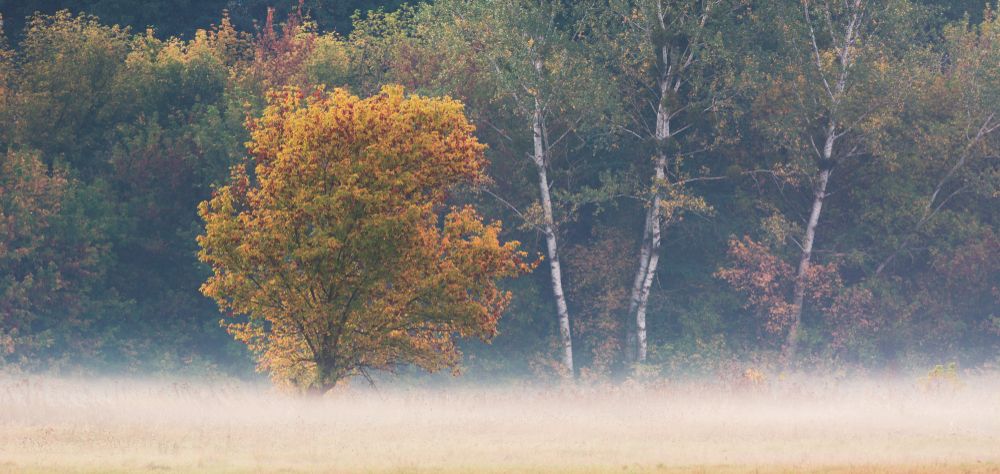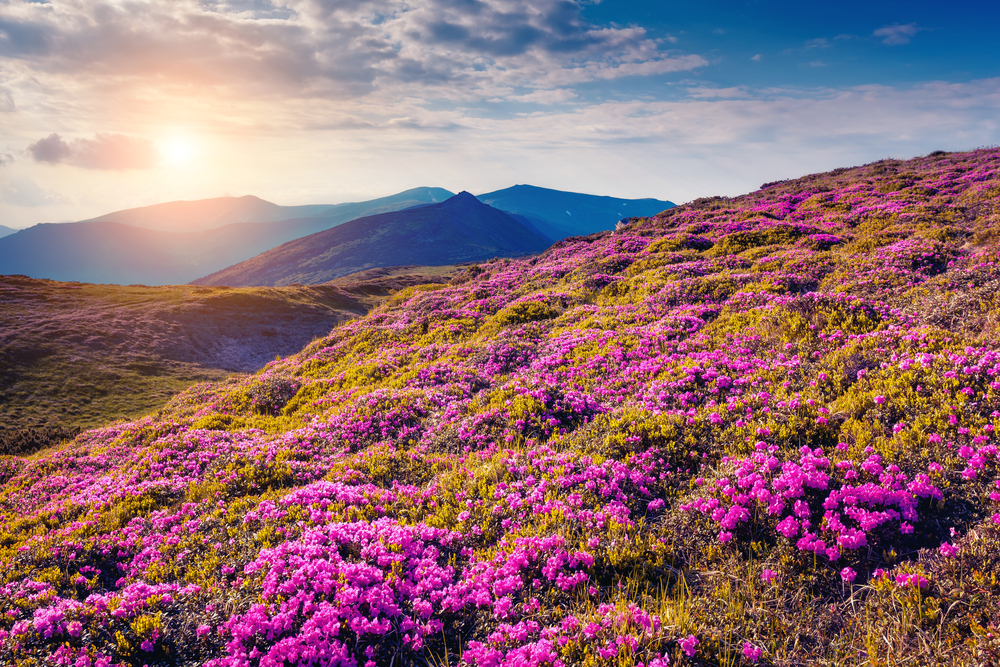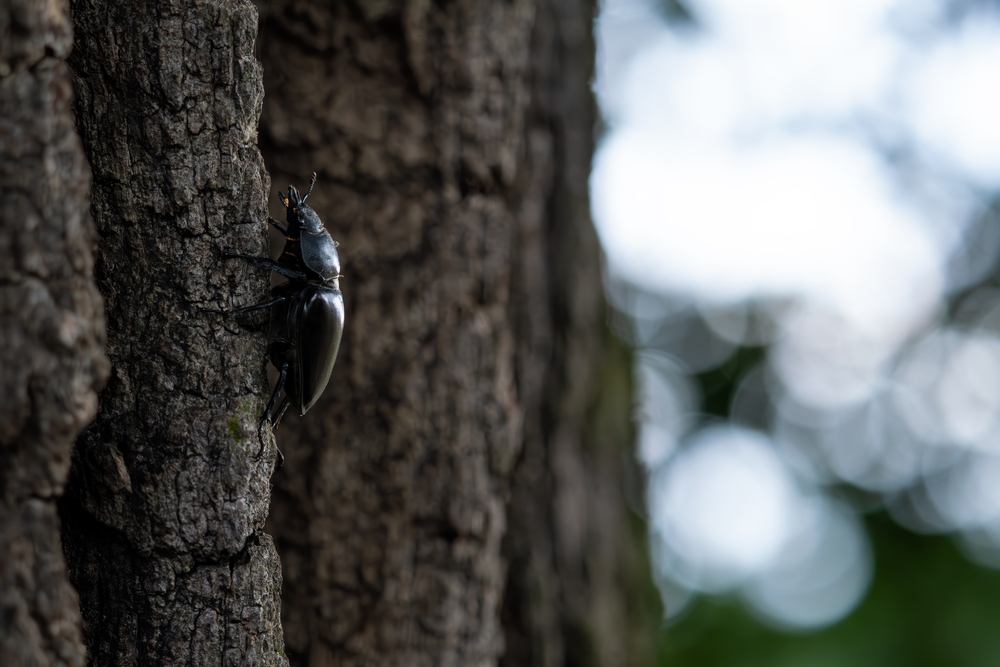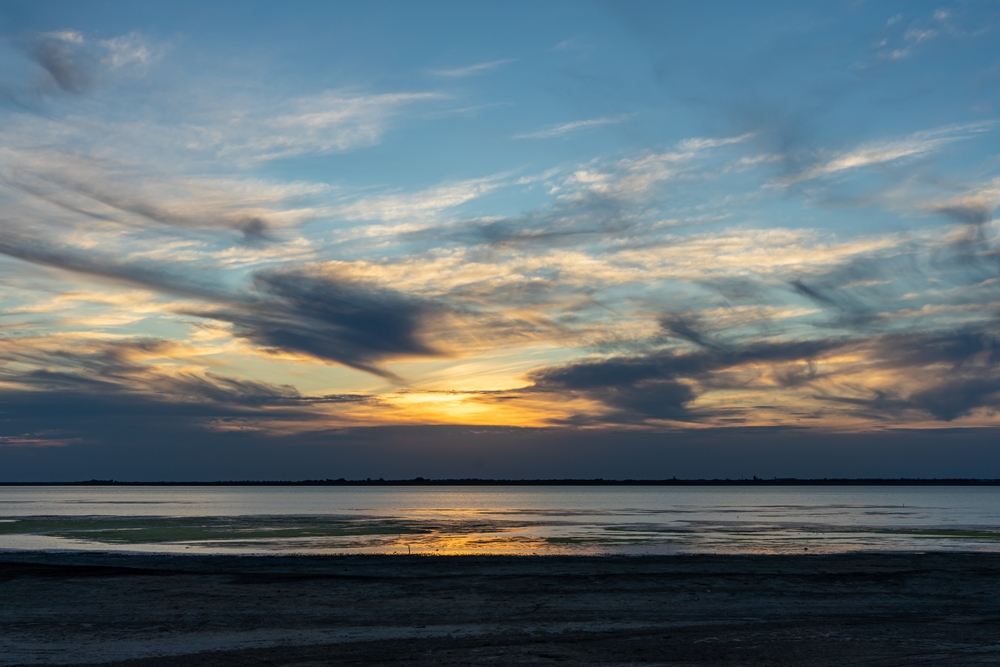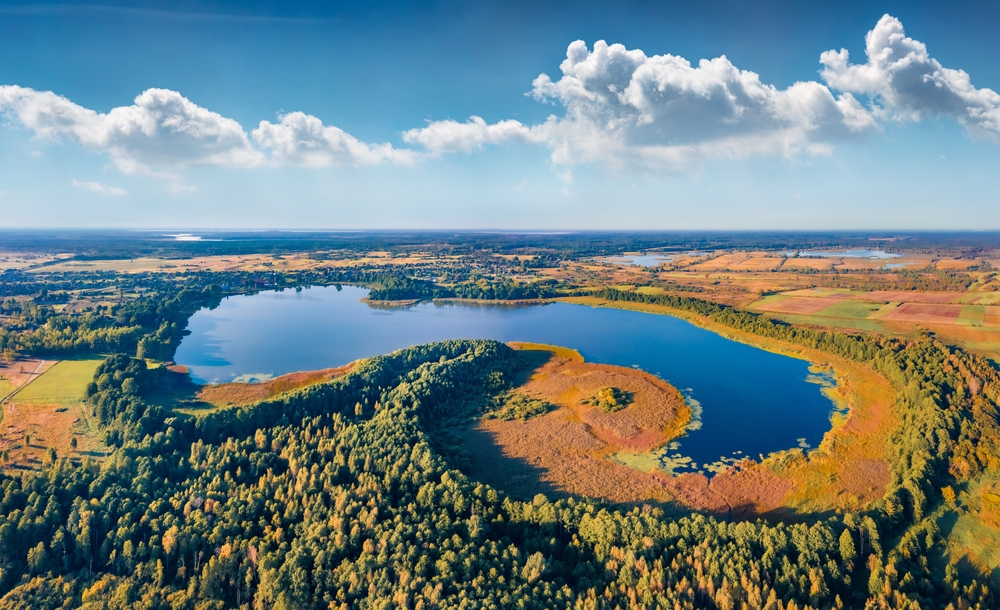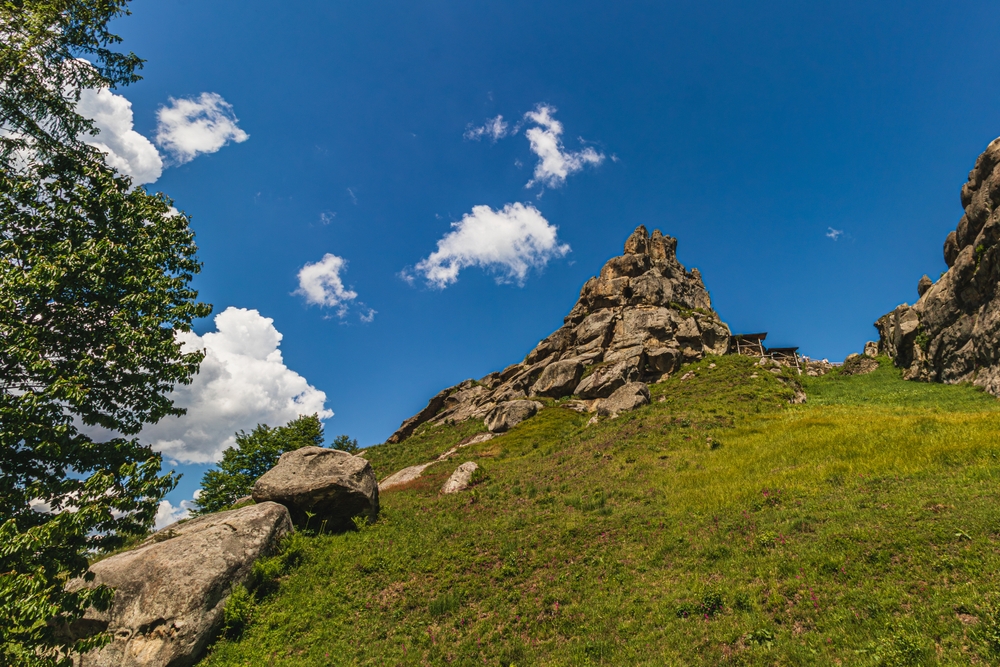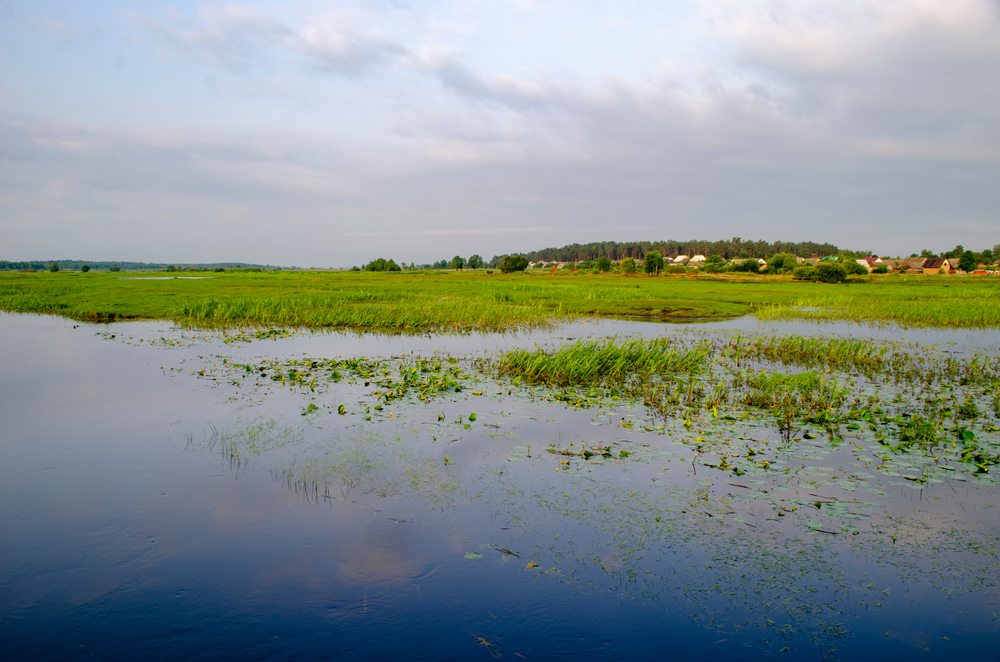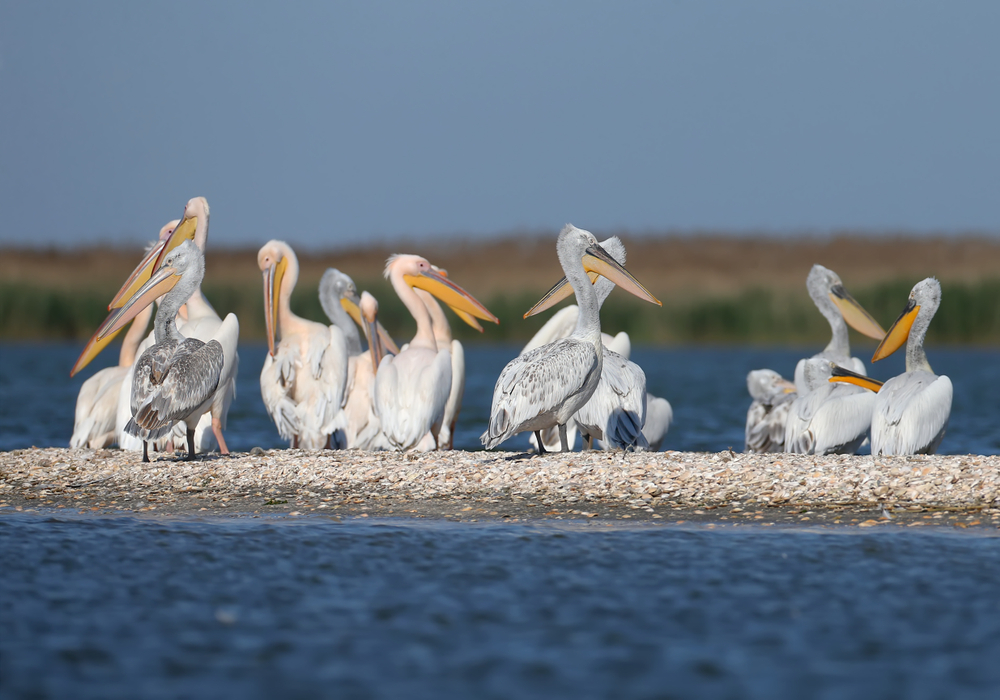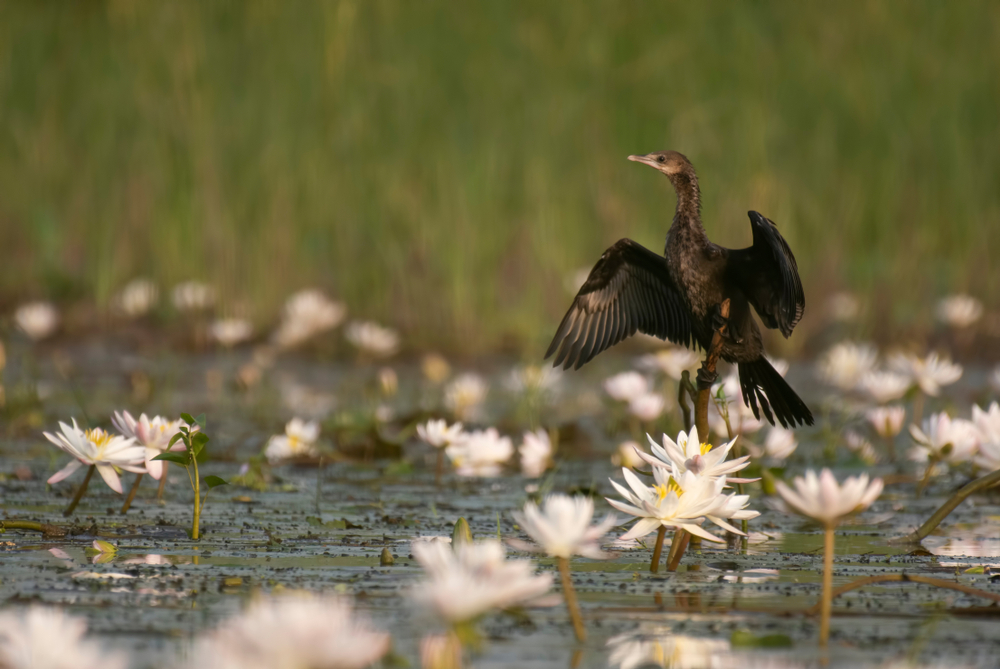Slobozhanskyi Overview
Slobozhanskyi National Park, known locally as Слобожанський національний парк, is located in the northeastern part of Ukraine, within the Kharkiv Oblast. Covering approximately 57.9 square miles (150 square kilometers), the park is recognized for its rich biodiversity and serves as an important refuge for various plant and animal species.
It is part of the East European Plain and features a mix of dense forests, floodplains, meandering rivers, and unique wetlands that create a diverse and scenic landscape. The Vorskla River, one of the most significant waterways in the region, winds through the park, forming oxbow lakes and marshlands that support a variety of flora and fauna.
The terrain includes gentle hills and flat expanses, covered by a mixture of deciduous and coniferous forests, with oak, pine, and birch trees forming the dominant vegetation. In the lower areas, wet meadows and marshy lands flourish, providing an ideal habitat for many rare species.
Slobozhanskyi National Park is home to a remarkable variety of wildlife, including many species that are rare or endangered. Among the most notable mammals found in the park are European roe deer, wild boars, and red foxes, along with smaller species like badgers and otters that thrive near the water sources.
The park is also an important habitat for the European bison, which has been reintroduced in recent years as part of conservation efforts. Birdwatchers can observe species such as the white-tailed eagle, great grey owl, and the black stork, all of which rely on the park’s pristine forests and wetlands.
Various amphibians and reptiles, including the European pond turtle and numerous frog species, also inhabit the park’s waterways. The biodiversity of the park is further enriched by an abundance of insect species, including rare butterflies and dragonflies, making it a vital location for ecological studies.
One of the key attractions of Slobozhanskyi National Park is its pristine natural environment, which remains relatively untouched compared to other parks in Ukraine. The Vorskla River and its surrounding wetlands are particularly popular among visitors, offering opportunities for canoeing, birdwatching, and nature photography.
Several marked trails allow hikers to explore the park’s landscapes, with paths leading through thick forests and along riverbanks teeming with wildlife. During the winter, the park transforms into a quiet and serene wonderland, attracting visitors who enjoy cross-country skiing and tracking animal prints in the snow.
The park is also known for its rich cultural history, with archaeological sites and remnants of ancient settlements found in the area, adding a historical dimension to the natural experience.
Visitors to Slobozhanskyi National Park can engage with the environment in numerous ways, from educational eco-tours to guided wildlife expeditions that provide deeper insight into the region’s natural wonders. Photography enthusiasts find the park particularly rewarding, as the changing seasons create breathtaking scenery.
Camping areas and eco-lodges within the park allow guests to stay overnight and fully immerse themselves in the peaceful surroundings. Conservation programs also offer an interactive experience, where volunteers can contribute to wildlife monitoring and habitat restoration projects.
Slobozhanskyi National Park faces various conservation challenges, including habitat degradation due to human activity, deforestation, and climate change. However, ongoing efforts by conservationists and park authorities have led to several successes, such as the reintroduction of the European bison and increased protections for rare bird species.
The park management continues to work on balancing tourism with environmental preservation, ensuring that visitors can experience its beauty while minimizing their impact. Through sustainable practices and environmental education initiatives, Slobozhanskyi National Park remains a crucial sanctuary for Ukraine’s diverse wildlife and natural heritage.








































































